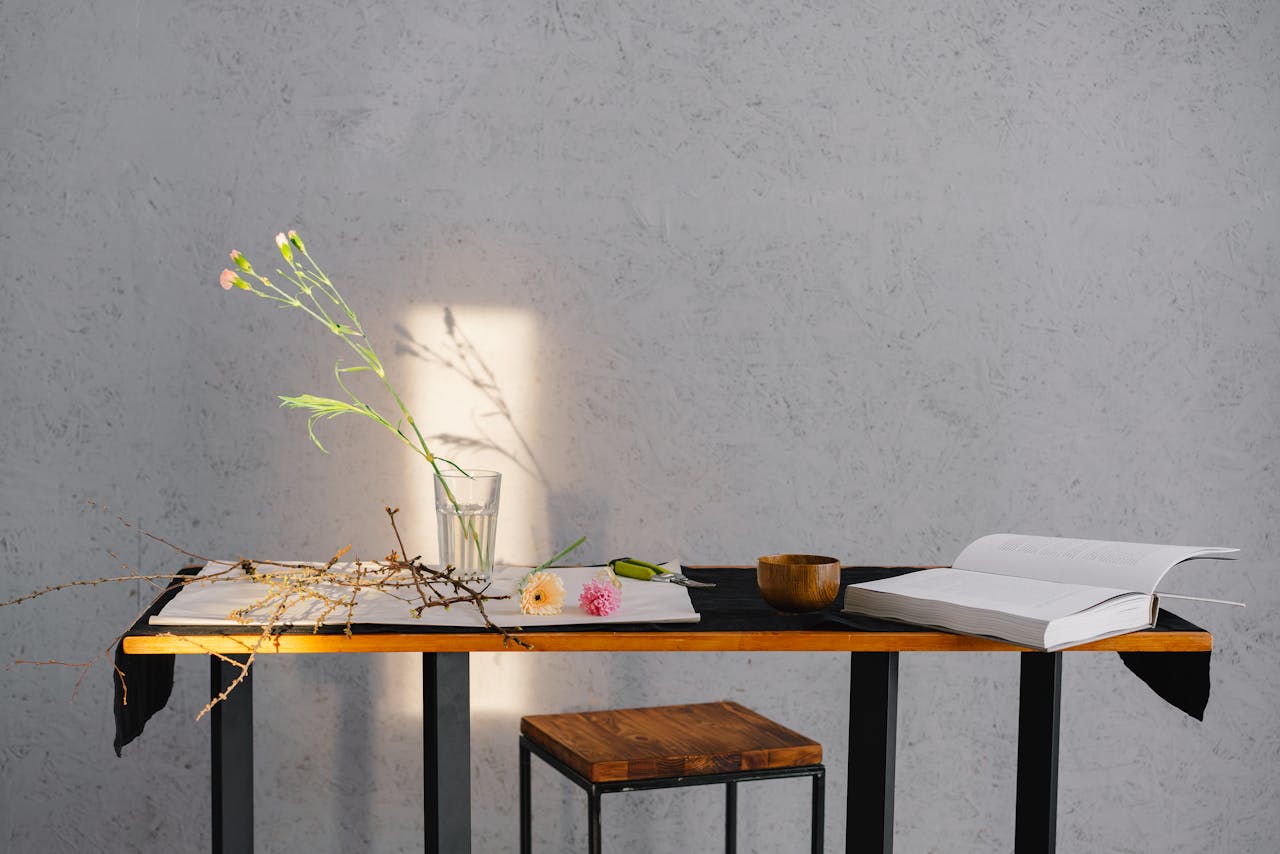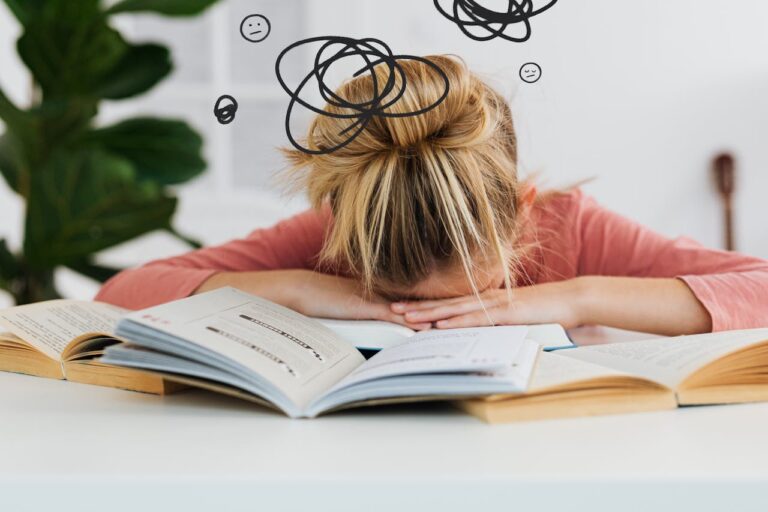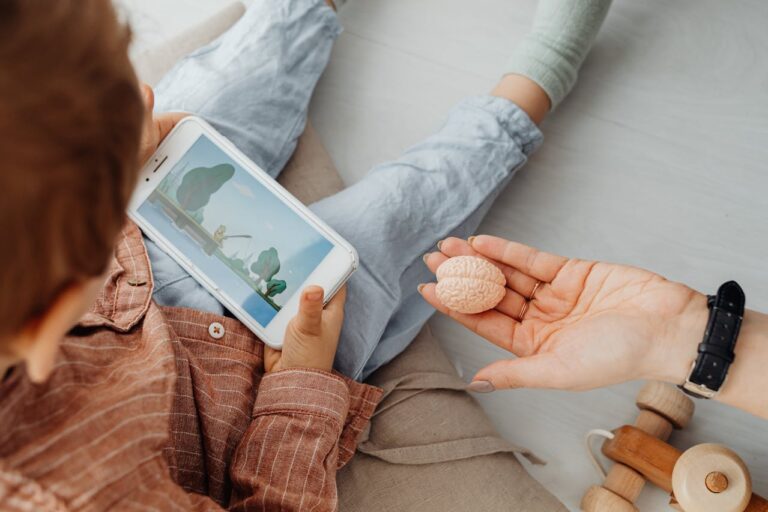Write Us: hello@ali5.org
The Link Between Screen Time and Mental Health: What the Research Says
Is screen time hurting your mental health? Explore what current research says about the connection between screens, anxiety, mood, and overall mental well-being.

We’ve all been there, mindlessly scrolling or bingeing videos well past midnight. It’s easy to shrug it off as harmless downtime. But there’s growing evidence that screen time is doing more than stealing hours; it’s quietly reshaping our sleep, mood, focus, and even our sense of self.
Let’s unpack what real research is showing, and yes, I’ll keep things human, not lecturing.
1. Screen Time Isn’t Always Bad, but it Depends on How Much
We often hear, “Screen time is bad,” but it’s more nuanced than that. Moderate use, like an hour of active screen time where you’re interacting, creating, or genuinely connecting, can be okay, even mildly beneficial. Especially for kids who may use games or digital tools to socialize and problem-solve.
But when screen use bumps past two hours a day, the picture changes fast. Studies show links to increased anxiety, depression, stress, and lower school performance among teens.
2. The Sleep Connection
One of the most immediate effects is on sleep. Screens glow with blue light, tricking your brain into thinking it’s daytime. That suppresses melatonin, your sleep hormone, making it hard to wind down.
In adolescents, every extra hour on screens often means lower sleep quality, and poor sleep is a major driver of mood swings and emotional instability.
3. Mood Shifts and Mental Strain
When screen time goes heavy, say, four hours or more per day, adolescents show marked increases in depression, anxiety, and stress symptoms. One study found teens with 4–6 hours of screen use had a 35–88% higher risk of depressive signs compared to peers who stuck under 2 hours.
Similarly, randomized trials reducing smartphone use to under two hours a day for even three weeks showed clear improvements in mood, sleep, stress, and overall well-being.
4. Why It Feels Worse Than Just Sitting Still
Beyond sleep and screen duration, the why matters too. Social media and rapid content can trigger social comparison where you look at perfectly curated feeds and think, “I’m not enough.” That silently chips away at self-esteem and fuels anxiety.
Screens also pull us away from face-to-face talk, and that erodes social skills over time. Kids who spend too much time looking down at their devices often struggle with empathy, reading emotions, and building genuine connections.
5. It Starts Early and Spreads Widening Effects
Very young kids aren’t immune. Research shows preschoolers with over two hours of daily screen exposure are more likely to develop language delays or speech issues.
There’s also something called “phubbing”, when parents focus more on their phone than on their child. That behavior alone is linked to emotional detachment, increased screen addiction in teens, and even aggressive behavior.
6. It’s Not the Entire Story Space for Balance Matters
Here’s the hopeful part: it’s not about banishing screens forever. What helps is balancing screen time with real-world connection, movement, and nature. College students with more “green time” outdoors reported fewer depressive and stress symptoms, even when screen use was high.
7. What Experts Suggest Without Overreaction
There’s a difference between helpful boundaries and unrealistic restrictions. Summaries of expert advice point to:
-
Limiting leisure screen time to under two hours per day for adults. Kids should aim for a 3:1 ratio, or three hours offline for every hour online.
-
Creating tech-free zones (meals, bedrooms).
-
Using the 20-20-20 rule: every 20 minutes, look at something 20 feet away for 20 seconds to ease the brain and eyes.
-
Encouraging digital “detox” periods, like phone-free evenings or walks without gadgets.
8. Digital Content vs. Screen Time Length
Screen time isn’t one-size-fits-all. Passive scrolling of stressful or sensational news feeds hits differently than video-calling a friend or watching a cooking video. One expert pointed out that policy should differentiate between these uses, not just reel in all screen time.
Another concern: It’s not just anxiety and depression rising. In pre-teens, excessive phone use has been tied to the first signs of manic symptoms, emotional volatility, racing thoughts, and impulsivity.
Final Thoughts
Here’s what feels honest and worth remembering:
-
Moderation matters—a little screen time can be fine. Too much, especially before bed, doesn’t have to be okay.
-
Sleep and mood go hand in hand. Screens before bed mess with both, and both are key for feeling steady.
-
Quality ≥ Quantity. The type of screen used matters as much as the amount. Active, creative, social use is different from passive doomscrolling.
-
Balance beats ban. Nature, connection, movement, these are your mental health backups.
-
Small shifts add up. Cutting back 30 minutes, creating tech-free rituals, and adding one walk without your phone, that stuff adds up.
You don’t have to be perfect. But if screen time has started to feel heavy or hollow, maybe it’s time to swap even a little of it for real-world connection. Your brain will thank you.







